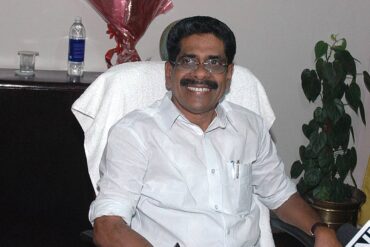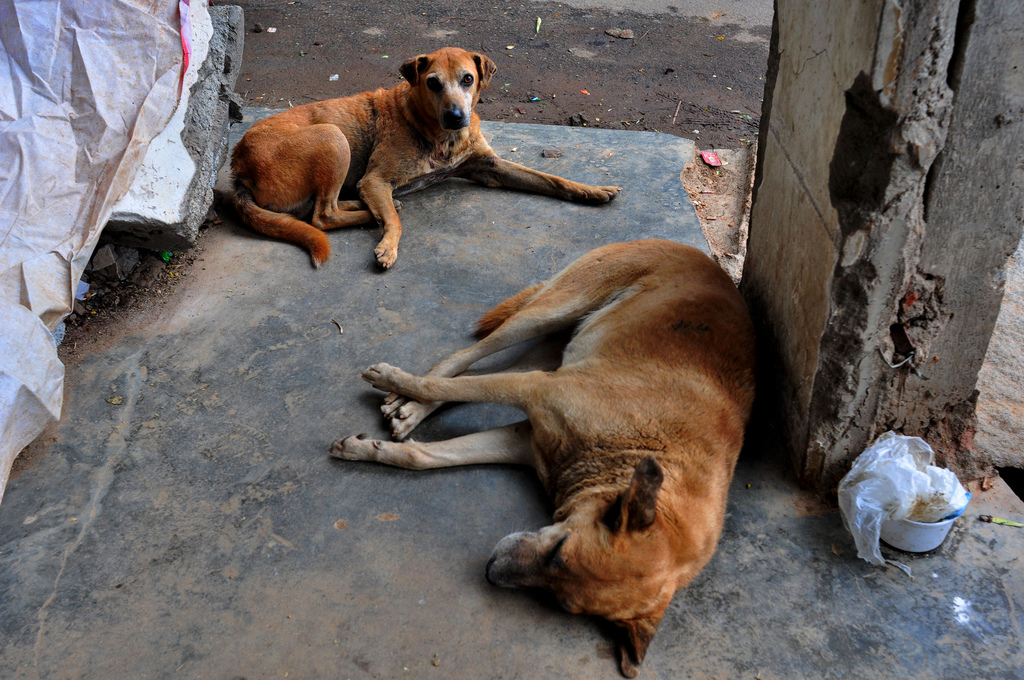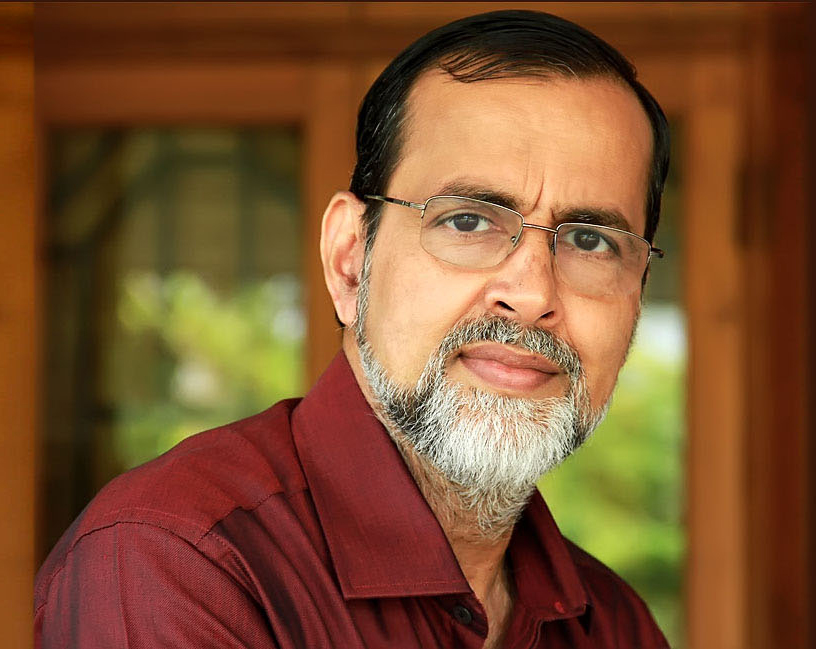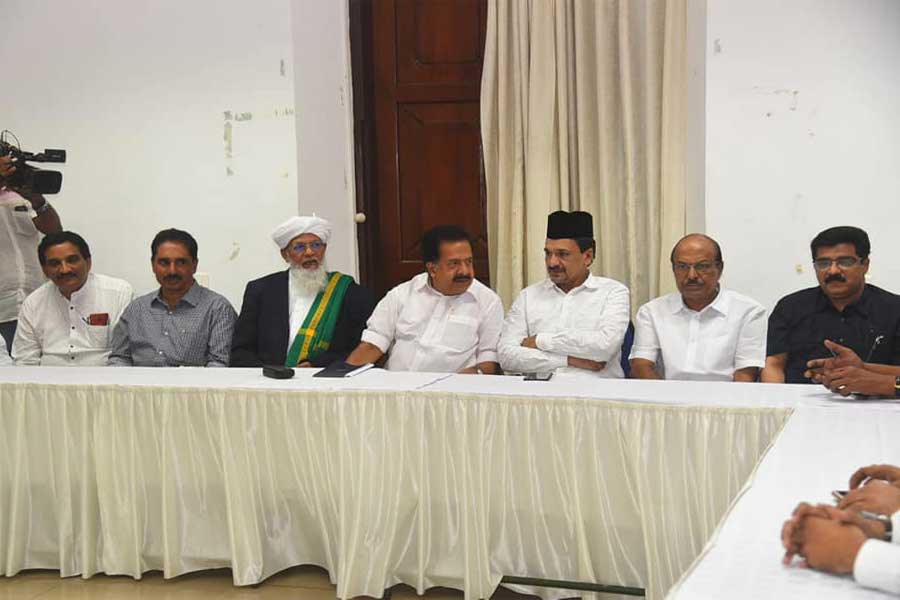The stray dog menace in Kerala has reached its peak with yet another person being attacked last week. Though the authorities responsible maintain that things are under control, the news tells a different story. The situation has become a serious one after a 65-year-old woman, who was attacked by a pack of stray dogs, died in Thiruvananthapuram recently. The government’s decision to cull stray dogs, following the uproar, has become a controversial one.
The Centre has expressed its displeasure with the Pinarayi Vijayan-led government’s move to kill stray dogs. On Friday, the Supreme Court will hear a plea filed by advocate Anupam Tripathi against the culling of dogs in the State. Women and Child Development Minister Maneka Gandhi has termed the move as “unlawful and unscientific”.
Though the Centre is not in favour of culling of stray dogs, public opinion in the State is a mixed one. A large group of people in Kerala are in fact urging that ferocious street dogs, which are a threat to their lives, be culled.
Prominent public figure and businessman Kochouseph Chittilappilly, who had staged a fast against the stray dog menace in February last year, spoke to The Kochi Post on the issue.
“The main stanchion for culling of dogs is the ABC (Animal Birth Control) Rule, which was brought in by Maneka Gandhi some 15 years ago. The rule says that the dogs should not be killed; only sterilization could be done. And after the sterilization process, the dog should be dropped at its place of habitat. This rule is not at all practical. But there are also other rules that say that animals that cause danger could be killed. Given that there are such rules, under which in the past we have killed elephants and tigers that cause threat to the public, what the government should have done is to adopt this rule. Especially, in a situation where a woman was brutally killed by dogs and that particular locality has dangerous dogs. When such brutal things happen, the power to kill such dogs is reserved with the government. The government has to use it accordingly. After all, prime importance should be given to security of the public,” he says.
Mr. Chittilappilly added that, “To an extent may be waste material dumped by the people could be a reason for the stray dog menace. The number of stray dogs has multiplied already. For the past 15 years, we have not been able to kill stray dogs and neither has sterilization been done effectively. So in the case of waste removal, proper solutions should be found, because these dogs are the consumers of such waste.”
As per a recent circular published by the Local Self-Governance Department, the government is planning to go ahead with a comprehensive action plan to control the menace of stray dogs. The circular is silent on the government’s earlier stand of “culling of dogs”, but suggests dog parks as an alternative.
As part of the first phase of the project, a database would be created with the details including dog bites, presence of packs of dogs, and their proximity to unauthorized slaughter houses and waste dumps. Phase 1 would also identify vulnerable geographical areas in a week.
For an issue that requires immediate action, the government is doing something for the future. But what about the present scenario?
Kannan Anjeri, Secretary of the NGO, Paws (People for Animal Welfare Service), Thrissur told The Kochi Post, that culling of street dogs may not be effective in the long run.
“We are starting the ABC (Animal Birth Control) programme in the Thrissur Corporation area by October. There is no rule that says that dogs could be killed. Even if the dogs in a particular region are killed, it is sure that the waste in the particular area will attract dogs from other neighbourhoods,” he says.
Mr. Kannan also pointed out the possibility of sterilization. “A sudden result through sterilization is not possible. But within a five-year period, we could reduce the numbers effectively. Also, after sterilization the dogs become less aggressive.”
Perhaps, sterilization and other such alternatives need to be considered before a decision is taken. However, it is certain that the issue cannot be ignored and there needs to be intervention.
Main photograph by Syed Nabil Aljunid via Flickr.








